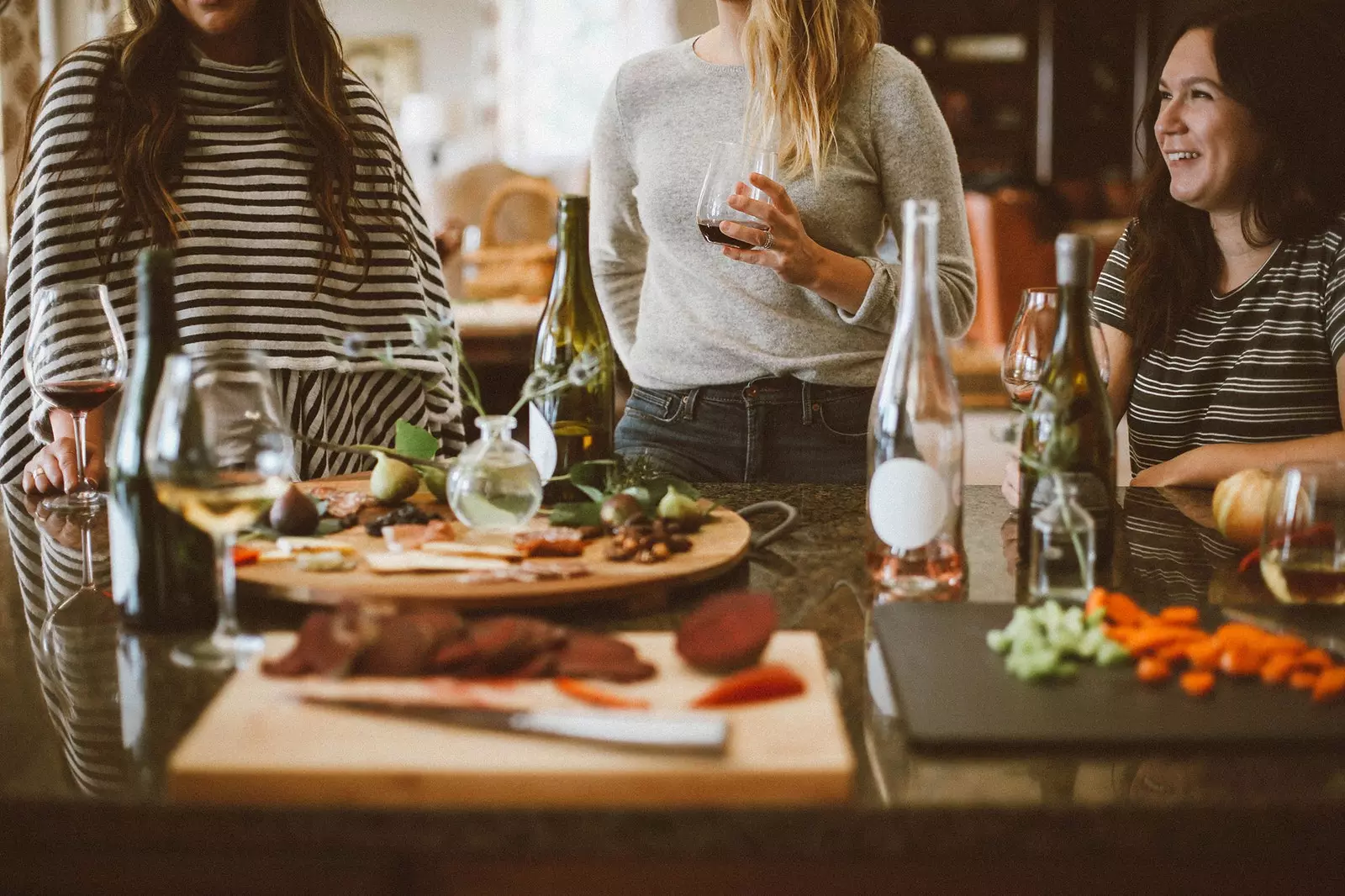
The 21 new rules of wine
Let's face it. The world of wine mutates en masse thanks to trends and opinions of gurus . But in recent years the world of wine has become younger, more democratic and more fun never. We tell you the twenty "new" tracks to follow the wave.
1. Kill the wine gurus: you know what wine is good for each moment
sorry sir Robert Parker & Co. . Although you are still a sacred name, winelovers already move on their own impulses. And while the voices of the gurus are increasingly diverse and democratic, consumers take them with more relativity.
Among the dozens of instagramers and youtubers who are talking about wine on the net, one voice has stood out, that of ** Gary Vaynerchuk ,** who has become a kind of Oprah Windfrey of wine . People kill to go to his talks in which he mixes wine and psychology . Life itself.
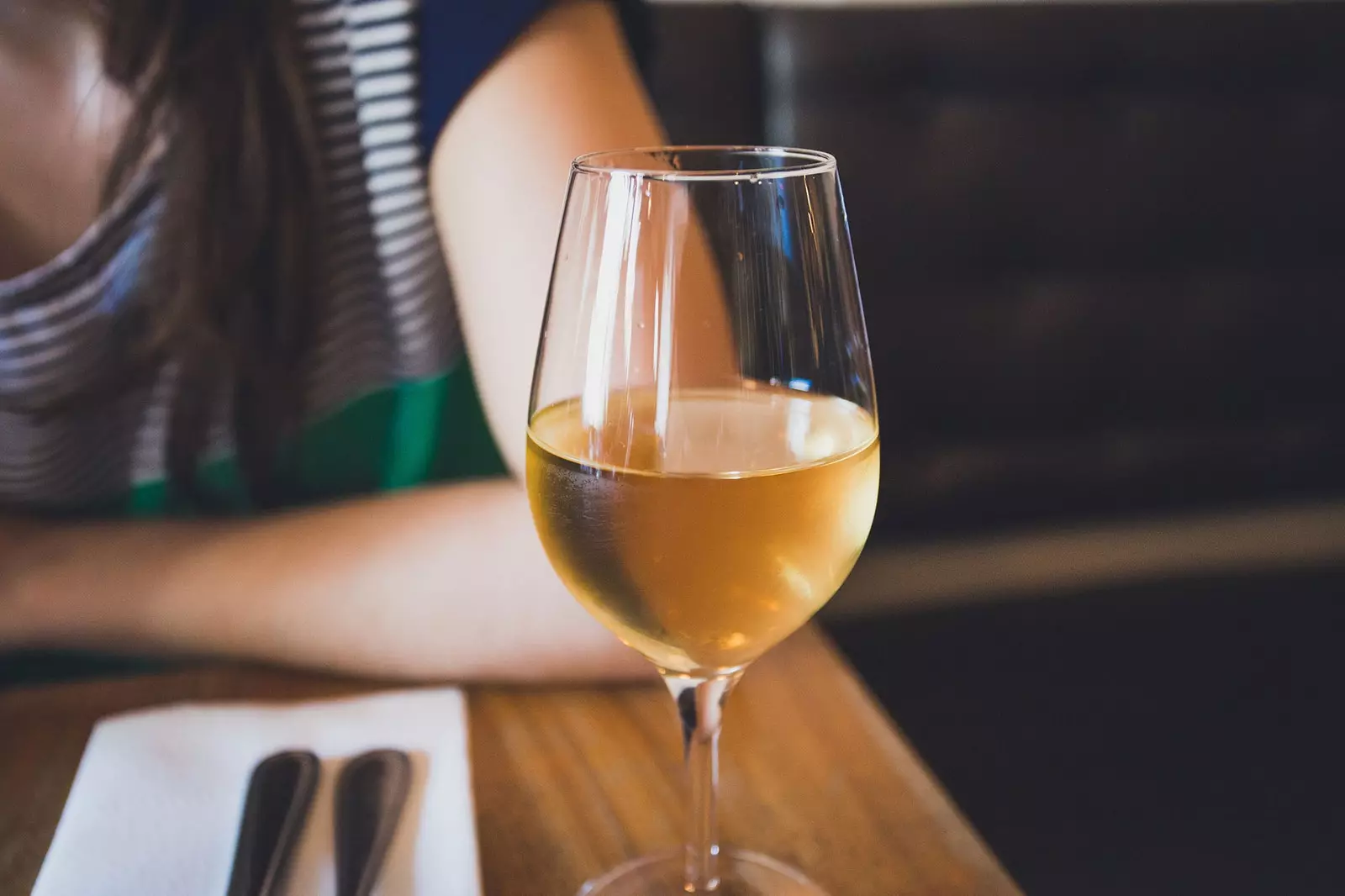
You know, perfectly, what wine you need at each moment
two. Goodbye to knife and fork wines
Bye bye to hyper corpulent wines (are you sure bye bye?). So now what? "Well now the light and fruity . For years, cabernet sauvignon and merlot have represented globalization, the devil. And if the grape is not native, you are not cool either ”, explains the president of the Association of Wine Journalists, José Luis Murcia, accustomed to taking the pulse of this changing universe. "Recently the New York Times they 'discovered' the wines of the Canary Islands and those of the Ribeira Sacra. What's happening? that before they were not so wonderful and now they are? Fashions... which are what they are ”.
3. ‘Spanish organic wines’ to power in… Germany
Spain, the world's first certified organic wine producer exports almost the entire volume abroad. And we are very classic in terms of consumption. Although there is a brutal wealth of different organic wines, here we do not leave the 'jack, horse and king'.
According to the president of Spanish Organic Wines, Esther Pinuaga , an association that brings together more than forty certified organic wineries, "there are about 106,000 hectares of organic vineyards in Spain." But where are they, that we still don't see them on all the wine lists? “Many are exported to Germany or the United States; more is exported than is consumed here,” she comments. Business stuff.
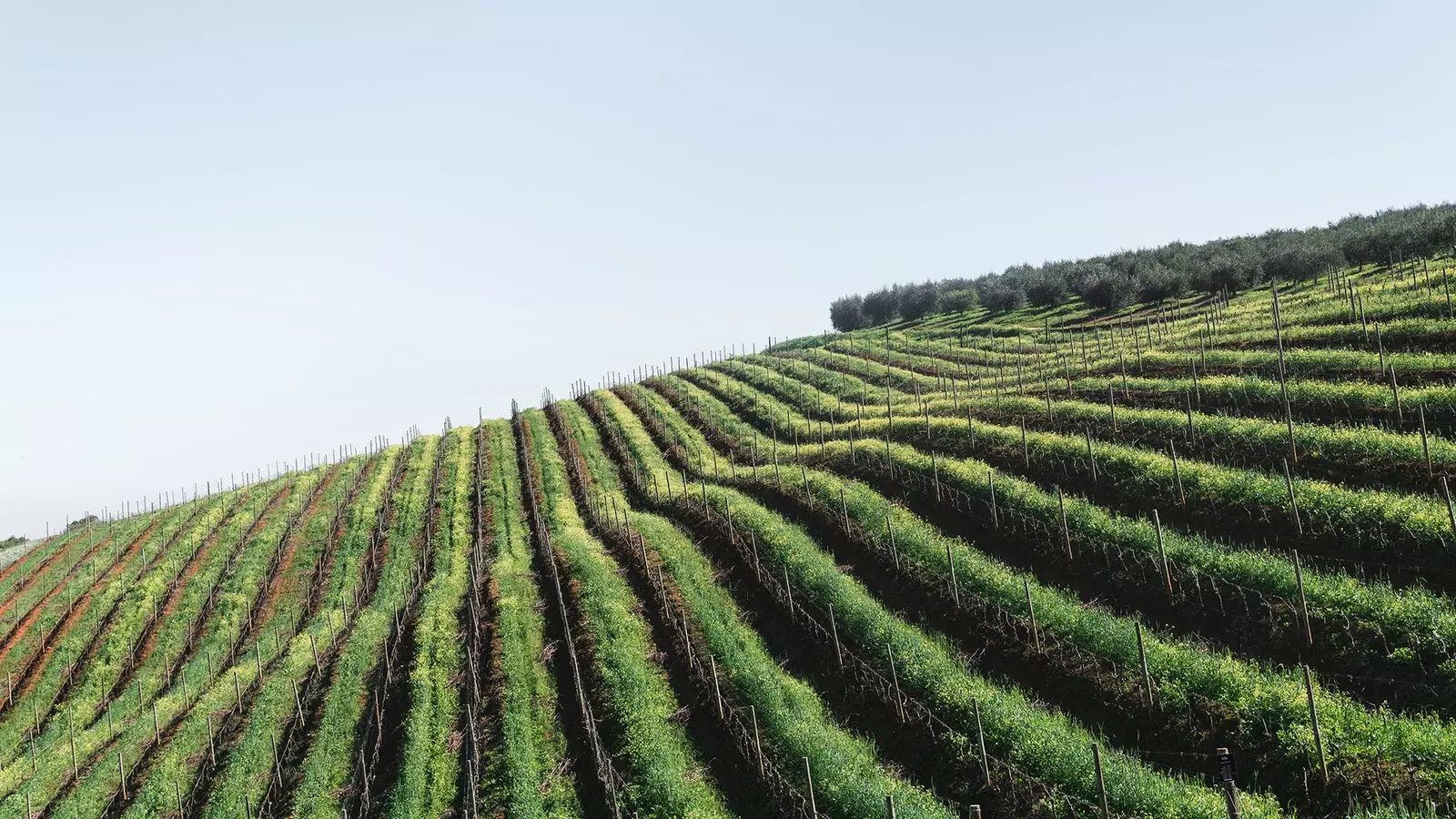
But what a pleasure it is to see these vineyards
Four. Get rid of the myth: pinks are the bomb and they don't just come in spring
That if it is a wine mixed with white, that if it is a wine for women, that if you only have to drink it in spring... Absurd clichés to be eliminated . If you are a red drinker and white is not for you, maybe a good Spanish rosé, made with Spanish grapes that result in a stronger pink , it still convinces you.
5. Let the wine lists that continue without telling anything end!
“ A wine by the glass menu in New York does not last a month without changing . And they are super attractive. Here they are ugly and they do not count or contribute anything new”, explains Esther Pinuaga. “In Spanish restaurants there is a serious problem. The gastro level is at a 9 and the wine list of the same restaurant at a 4 with luck . Suspense”, complains the winebuyer Mara de Miguel.
6. Do not say more that "this wine is very women's"
The palate is neither male nor female. And point. “I know gym hunks who love the easy wines and with a touch of sugar”, explains De Miguel, the only Spaniard who participated in the last Woman in Wine Expo, in London.
The data that was handled in this event reveals that “70% of wine consumers worldwide are women”. You know why? “Men drink more beer and more spirits…”. So, she wakes up, "purchasing power is held by the buyers" who, by the way, are the same ones that love complex wines.
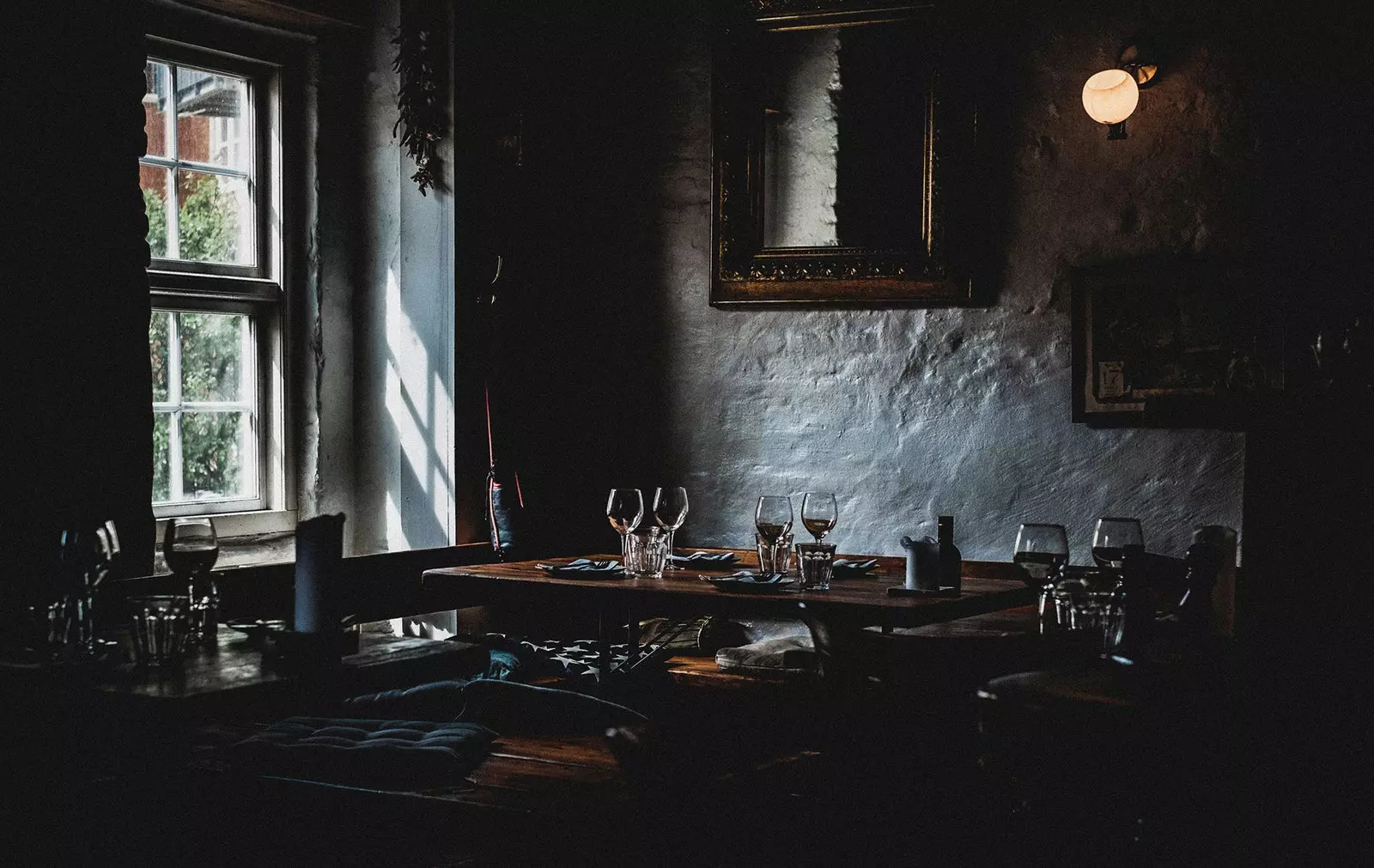
Restaurant wine lists have a lot to improve
7. If you are looking for a trendy Spanish grape, go for Garnacha
When the dictatorship of the color of Chinese ink for wine ended and the return to native varieties began to hit hard, Garnacha went from being the ugly one at the dance to being the nice and attractive one. “In areas like Navarra, in the 1980s and 1990s, hundreds of old Grenache vines were uprooted and now I am glad that wineries like Máximo Abete, Otazu or Zorzal be a reference”, says **Julián Palacios,** vineyard caretaker, and a defender of this variety. Grenache was widely celebrated at the 2018 pre-Oscar dinner, with a wine, the youngest of Bodegas Ateca, Calatayud.
8. That you know: the best wines in history are being made now
A lot of new projects have sprung up all over the territory. “The twenty-something generations don't care about making 500 bottles or 25,000, whereas before you had to go to France to find that concept,” says Palacios.
“We are making the best wines in history but Are we making the best grapes in history? There is much to recover ”. But both the new ones and the consolidated ones (read Belondrade in the D.O. Rueda or Ostatu or Valenciso in the D.O Rioja Alta)… today we are committed to putting the territory in the bottle every time.
9.** Label, price, location: the formula of the one who buys (but, be careful, its days are numbered) **
Image, design and price . These are the purchase criteria. This has been the last decades. On a shelf, with dozens of references, it is clear that consumers **call us an attractive label **.
Amazon has already taken the first step to change this system. Wine for sale online: Amazon Pantry (in the United States , UK and in cities like Prague) sends you in less than 30 minutes wine, oil, fruits, vegetables s… “You read the tasting sheet at nine o'clock at night and place the order without anyone looking at you or observing you in the supermarket. Without haste, with total tranquility, and the wine arrives for dinner ”, explains winebuyer Mara de Miguel.
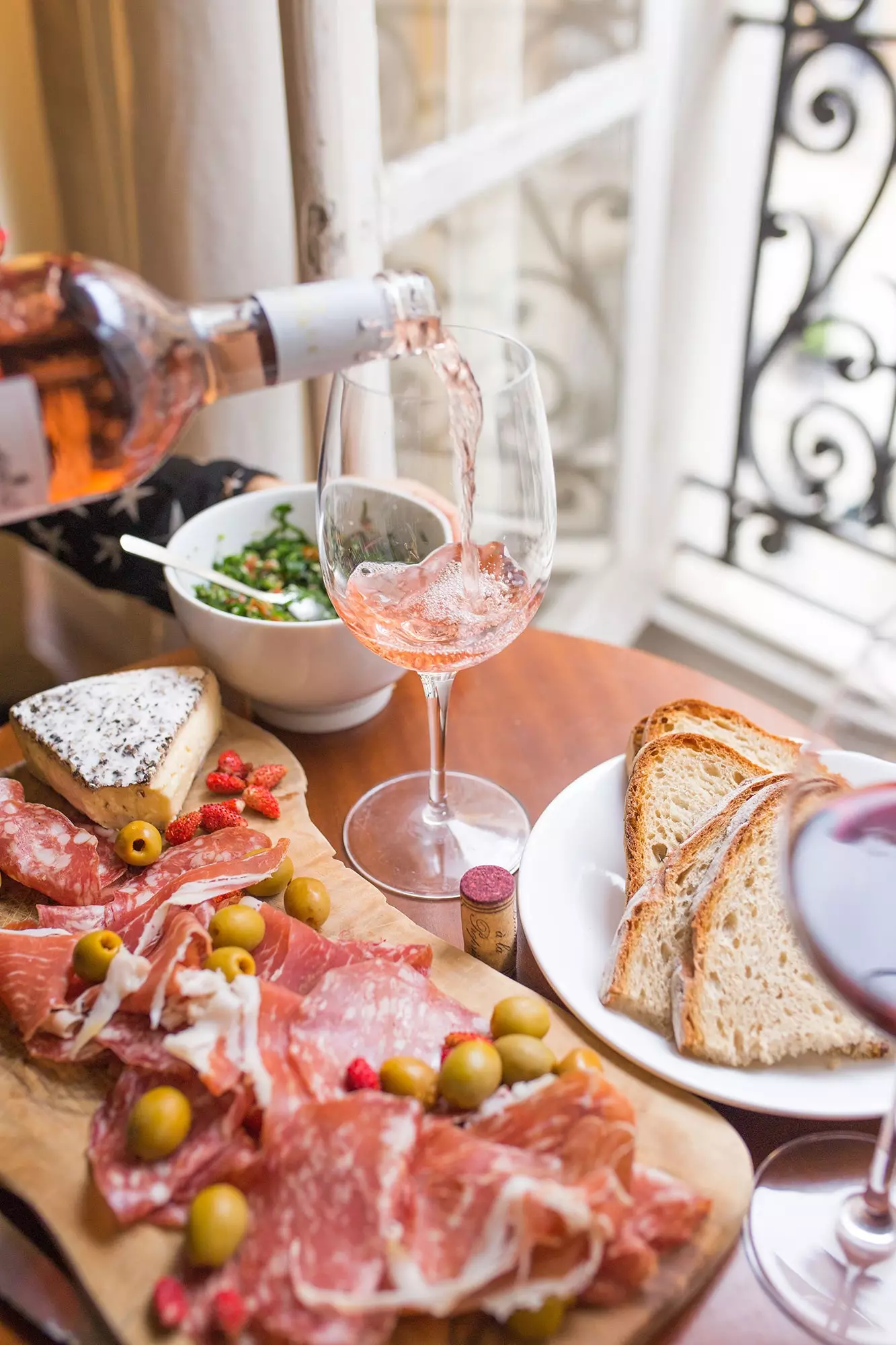
Enough wine clichés
10. The invasion of the frizzantes, the bridge to the millennial public
Slightly sparkling. fresh. The great standard-bearer was Ylllera wineries and it is a fever that does not decay. The answer is the connection of the bubbles of the soft drinks that young people drink with those of their first wines. Also, the frizzantes are not badly priced. “It is the perfect bridge for those young people who are not going to arrive drinking a classic Rioja or a Montilla-Moriles because they are used to drinking 400 mg of residual sugar in a can of Monster Energy , for example”, comments De Miguel.
eleven. Hipsters had to come to make Orange Wines fashionable
The 'orange wines' or the wines that, as the English say, have been made in concrete (the jars of a lifetime). They refer to the way of making wines that was already practiced in Armenia and in Georgia more than 6,000 years ago . “And yes, once again hipsters have had to come to make what our grandparents used to wear fashionable,” he explains. Michael's.
Today the theme of the jars and amphorae It has become a trending topic. The issue is the language you use: “If you sell it as a n fortified wine people see him old. If you say it's a orange wine aged under veil of flower , sounds cool and cool people drink it”, comments De Miguel. “Oloroso wines are pale wines, not dark ones… and that is what people are looking for now”.
12. Naked, natural, organic, biodynamic wines… what is the difference?
Let's clarify concepts. The ecological, biological and organic wine is the same. And they are the only ones that have a common certification at the community level. Then there are the biodynamic : they are cousins of the ecological ones, because they start from them, although the elaboration processes were designed by Rudolf Steinner , a German philosopher with a non-homogeneous private (German) certifier for all EU countries.
oh! and natural wine. “Nobody knows for sure what this word means”, wonders the president of Spanish Organic Wines, and she continues: “Aren't the rest of the wines?”. “I believe that the EU will end up eliminating this word. They will not be able to use 'natural wine' on the label because it is not recognized. Theoretically, it is an elaboration current without any intervention, but it is neither legislated, nor controlled, nor inspected in any way. Nobody tells you if the wine is worse or better for the consumer. There is no regulation of natural wine”.
13 Quality bulk and canned wines, please
The revolution to come to Spain is that of formats. The use of backinbox between the Nordics, the Flemish, the Australians, the Americans and also the French (eye) it's huge. “If you go to a London pub you will find a 5 or 10 liter backinbox. And at home (or on the yacht) they take 2 and 3 liters. A wine that lasts a month and a bit compared to the format of the bottle. Wonderful”, explains the journalist José Luis Murcia.
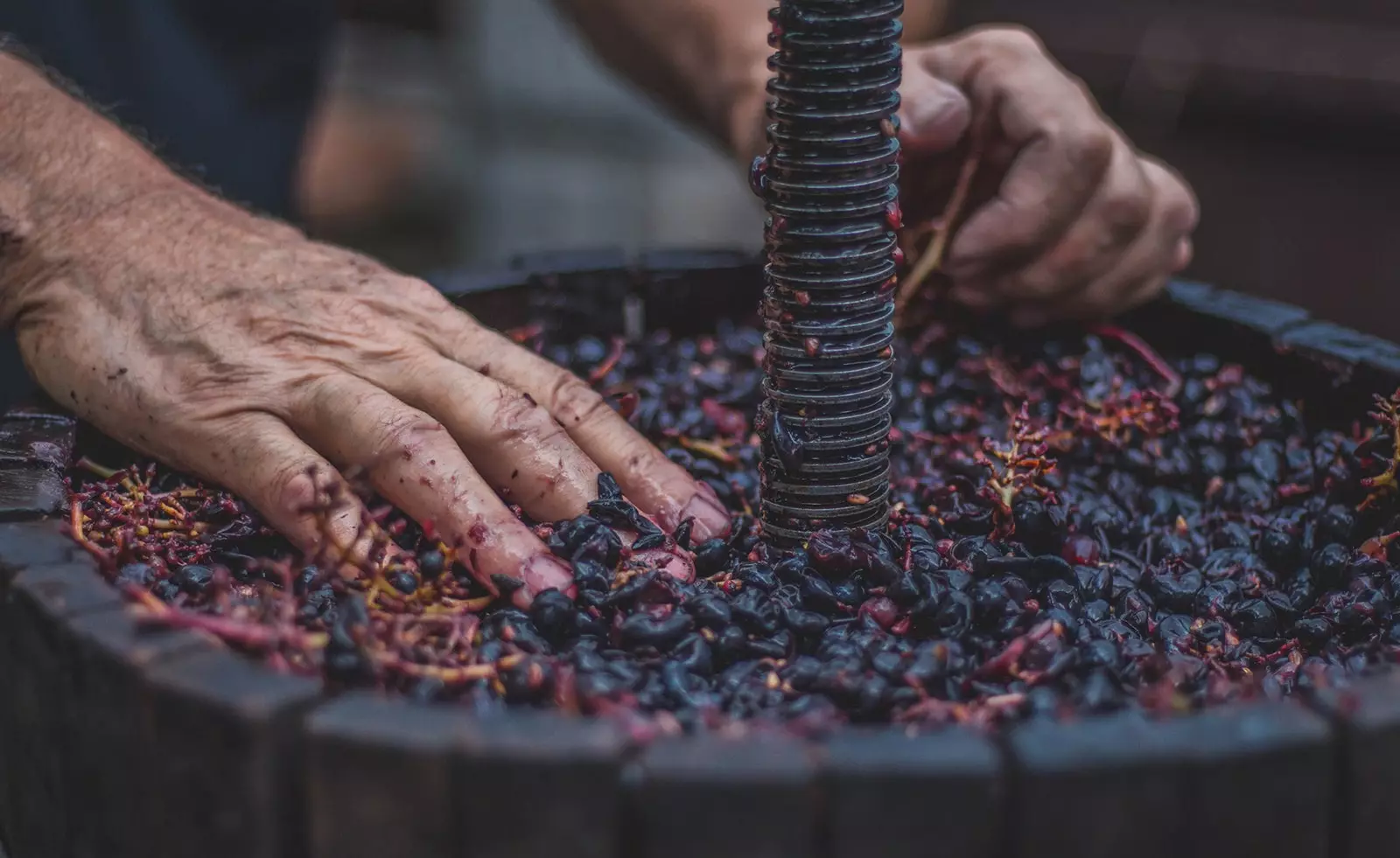
Interfering as little as possible in the process of converting grapes into wine... the goal
“In Amsterdam last year at the fair World Buck Wine Edition, the international bulk wine fair, you could even find French châteaus from the Burgundy area in format keykeg or in baginbox . Much more sustainable”, explains winebuyer Mara de Miguel.
In addition, in the world they are already all the rage 33 cl cans of the best D.O. and all kinds of grapes . Also at very competitive prices. "In fact, in the United Kingdom there are cans that are like little glasses" , explains Mara de Miguel, who also remembers when Freixenet released the one-person format, with a drink.
that's the way . This is how the most groundbreaking wine fair in the world predicts it ProWein in Duesseldorf, that this year has talked about this other trend that is already on the way: vineyards at high altitude due to desertification.
14. The best wineries in the world already serve by the glass of the keykeg
And of course, in the best New York wineries “they put a deciliter in the glass, which is what is sold, and with this format you drink quality bulk wine glasses with origin , from an Australian cabernet to a Chilean chardonnay, passing through an Argentine malvec to a tap Uruguayan tanat”, comments José Luis Murcia.
fifteen. Wine cocktails are already on your table
Part of the fortified wine industry has already taken note. They have realized that a fortified wine, for example, an amontillado worth €30 a bottle , you may not find the consumer who pays for it. But if that bottle is served in a couple of signature cocktails in a fashionable cocktail bar, it does have an important vein. “There it competes with premium whiskeys and gins. And it is the market share that some lack”, explains De Miguel.
16. Attention, vermouths, the party continues
The vermouth tradition of this country has taken on a new dimension . It is more alive than ever. Although it started at the end of the 19th century, has survived and has taken flight thanks to the producers that have diversified the offer throughout the territory.
The wine journalist Federico Oldenburg held a tasting at wine bar Angelita from Madrid where they differentiated several styles: “those of complex expression that are elaborated fundamentally in the Marco de Jerez; the uniqueness of new areas such as Lanzarote; the author's imprint of some, such as the VRMT of chef Paco Morales; and the classic profile of Tarragona and other regions with tradition”. What's yours?
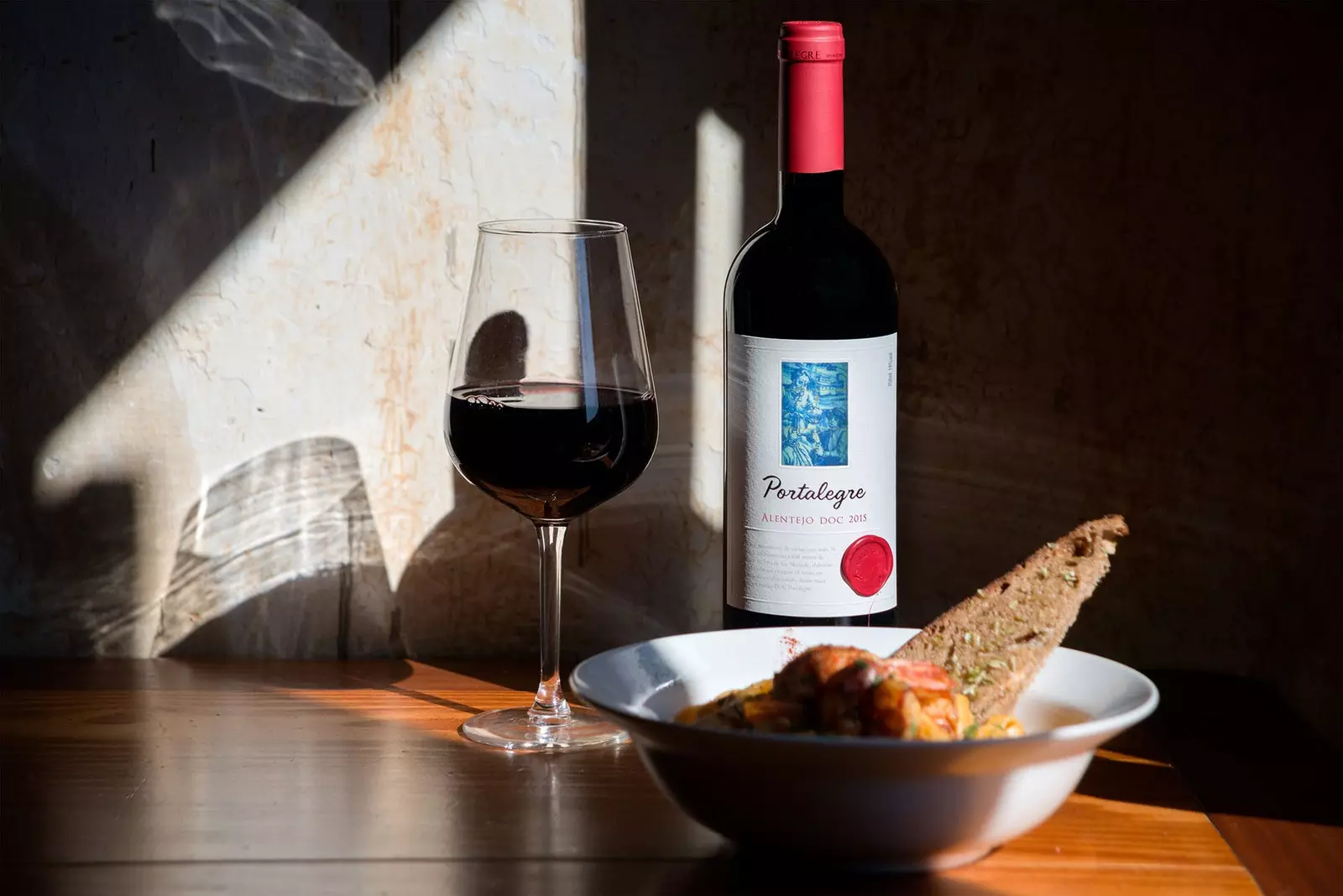
Don't say 'pairing'; say 'harmony'
17. Don't say 'pairing'; say 'harmonies'
The pairing is no longer carried. It has a connotation of fidelity that those who like wine, unfaithful by nature , it doesn't quite fit them. “' Pairing' would suppose that there is a dish for a wine and a wine for a dish. And a wine can pair with many dishes. Not only can, it is his nature. And if a dish is capable of pairing with 108 wines, what is produced is a harmony, not a pairing", comments José Luis Murcia, president of the Association of Wine Journalists.
18. The best wine classes are on Netflix
Decanted (2016) , where from the Napa Valley eight winemakers tell us how they managed to make the area succeed; the documentary A Year in Champagne (2014), a journey through one of the most famous wine-producing areas in the world; or the story of the best-known swindler in the world of wine in sour grapes (2016) … If you don't know about wine, it's because you want to.
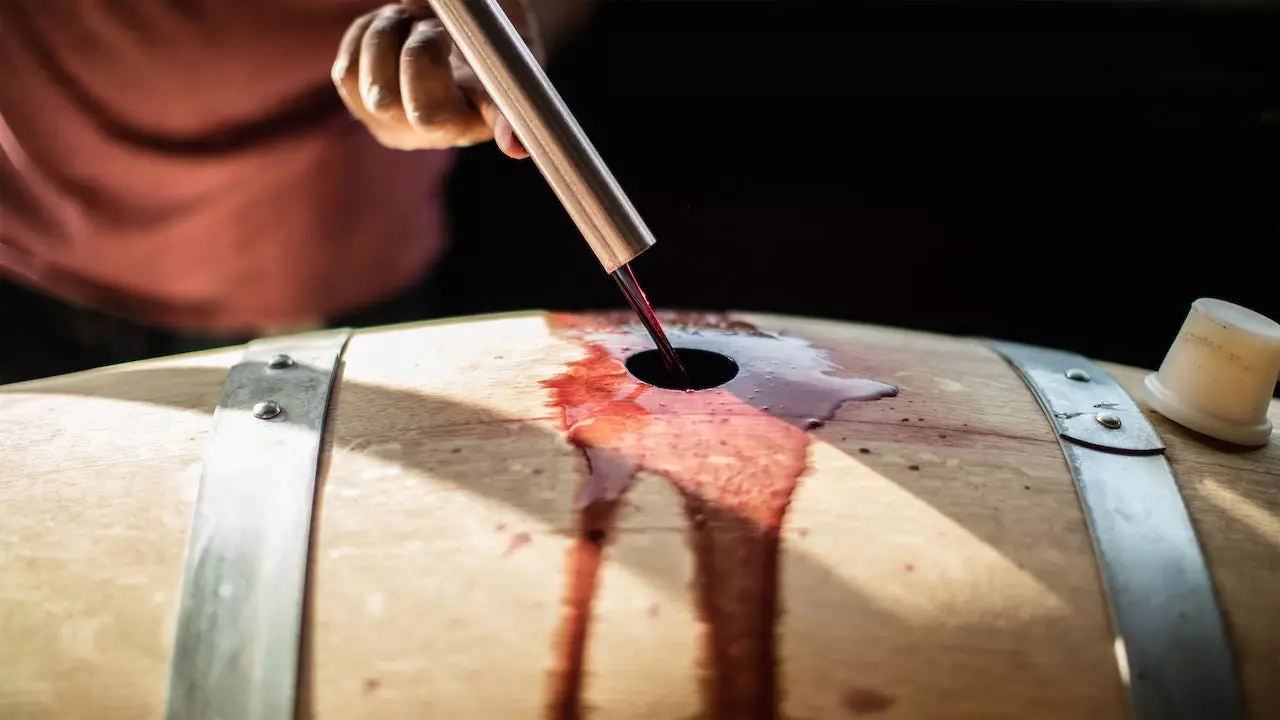
'Decanted'
19. Emerging wine regions have been at this for thousands of years
Those who know (a lot) say that Austria is the new France (with good and cheap pinot noirs) ; that Croatia is the new Italy (with light food wines and wonders like the pošip grape) ; that Georgia and Armenia are on fire; and that Greece is wonderful with its grape assyrtiko.
twenty. Merlot is... back in 2020?
Yes, that's what one of the funniest wine critics on the world scene says, Marissa A Ross ( Wine. all the time ), capable of describing a white wine as one that has “all the quintessential sauv-blanc crap: the citrus, the greenery, the subtle air of cat urine” …
She is the one who tells us that the beloved California red wine of the 1990s “ ripped off its pedestal and replaced by pinot noir ” is sneaking back onto the shelves. “Today's winemakers are just as interested in going back to tradition as they are in experimentation, and many wine buyers are bored with light reds and looking for the next big thing, which is almost always something old ”.
She predicts that heavier wine styles will come back into fashion once again and "will be inevitable with climate change." (higher temperatures = grapes produce more sugar = more alcohol = bold wines).
